Daido Moriyama and the aesthetics of punk
- Text by Miss Rosen
- Photography by Daido Moriyama Photo Foundation. Courtesy of Michael Hoppen Gallery

Born in 1938 in Osaka, Japan, Daido Moriyama has become one of the pre-eminent fine art photographers of our times. As witness to the changes that transformed Japan after World War II, Moriyama used the camera to expose a side of his native land that few outsiders know, creating a body of work that is gritty and jarring, yet profoundly beautiful.
Moriyama first arrived in Tokyo in 1961 and began working as a freelance photographer in 1964. It was during the ’60s that he developed his distinct style, stripping the photograph down to its bare bones, embodying the pure D.I.Y. ethos of punk in visual form and providing a fresh new way of seeing the world.
He first came to the attention of the world in 1974, when his work was included in the New Japanese Photography exhibition at the Museum of Modern Art, New York. Since then, his profile has continued to grow, with his work influencing generations of artists who can’t help but imitate the iconoclastic master of the form.

Japan Theater, 1967
In the mid 00s, British gallerist Michael Hoppen traveled to Japan, where he met Moriyama and purchased 97 vintage prints in one go. “I don’t think I had ever bought so much material but to see so much incredible work,” Hoppen remembers. “I got this weird sensation what it must have been like when Walker Evans had approached Harry Lunn or Robert Frank had approached one of the other dealers in New York.”
“I kept about 35-40 prints back and put them in a box and forgot about them. I put them on a shelf and said, ‘Okay, we’re not going there for a bit.’ We opened the box last year and I fell in love with the prints again. We thought they would make a terrific show to coincide with Another Kind of Life at the Barbican; it’s all about outsiders who look in at the world and interpret it in their own particular way through their lens.”
These historic prints from photographer’s oeuvre will be on view in Daido Moriyama at Michael Hoppen Gallery, London, from February 22 through March 29, 2018. These early photographs, dating back to 1966, pre-date the 1972 publication of Bye Bye Photography, the seminal monograph which put Moriyama on the map.

Misawa, Aomori Prefecture, 1971 **NFS-GC, 1971
“He is, in principle, a deconstructivist,” Hoppen explains. “He has this way of making pictures that have a grittiness and are fairly unique… He ends up in a sense completely deconstructivist, not even looking through the viewfinder. He starts to drift into images and reexamines them once the film is processed. It’s almost like Pollock dripping paint on a canvas; you see where it’s going and it becomes almost hypnotic and you follow the paint. As you are watching the film developing that leads you to where it has to go.”
By doing away with the lush greyscale and perfect compositions of his contemporaries, Moriyama re-envisions the photograph in its purest, most element form. “Daido is the most brilliant editor,” Hoppen adds.
“He knows what to strip out and what to leave in front of people so working with him is just a delight. As far as the way we curate the show, it falls into place very naturally because Daido likes things crashing into each other. He doesn’t like that sort of flow that is like a symphony; Daido is much more punk. It is jarring, it’s gritty, it’s got lots of spaces, big flashes and bangs. It’s shocking – but it keeps you alive and it keeps you awake.”

A Journey to Nakaji 6 (Photogram 4 Kiss)”, 1985, 1985


Tenjo Sajiki theater group, 1968 (drawings on womens backs and man)

“Light and Shadow 4: Hat”, 1982, 1982

“Light and Shadow: On the Road (Boots)”, 1981, 1981


Provoke no. 2, 1969

Hawaii, 2007/2008, 2007/2008

“Pachinko”, 1982, 1982

Shinjuku, 2002, 2002
Daido Moriyama runs at the Michael Hoppen Gallery until March 29, 2018.
Follow Miss Rosen on Twitter.
Enjoyed this article? Like Huck on Facebook or follow us on Twitter.
Latest on Huck

Three decades behind the scenes of the music industry
Eddie Otchere’s ‘Spirit Behind the Lens’ is a story of music and culture that crosses and transcends borders.
Written by: Isaac Muk
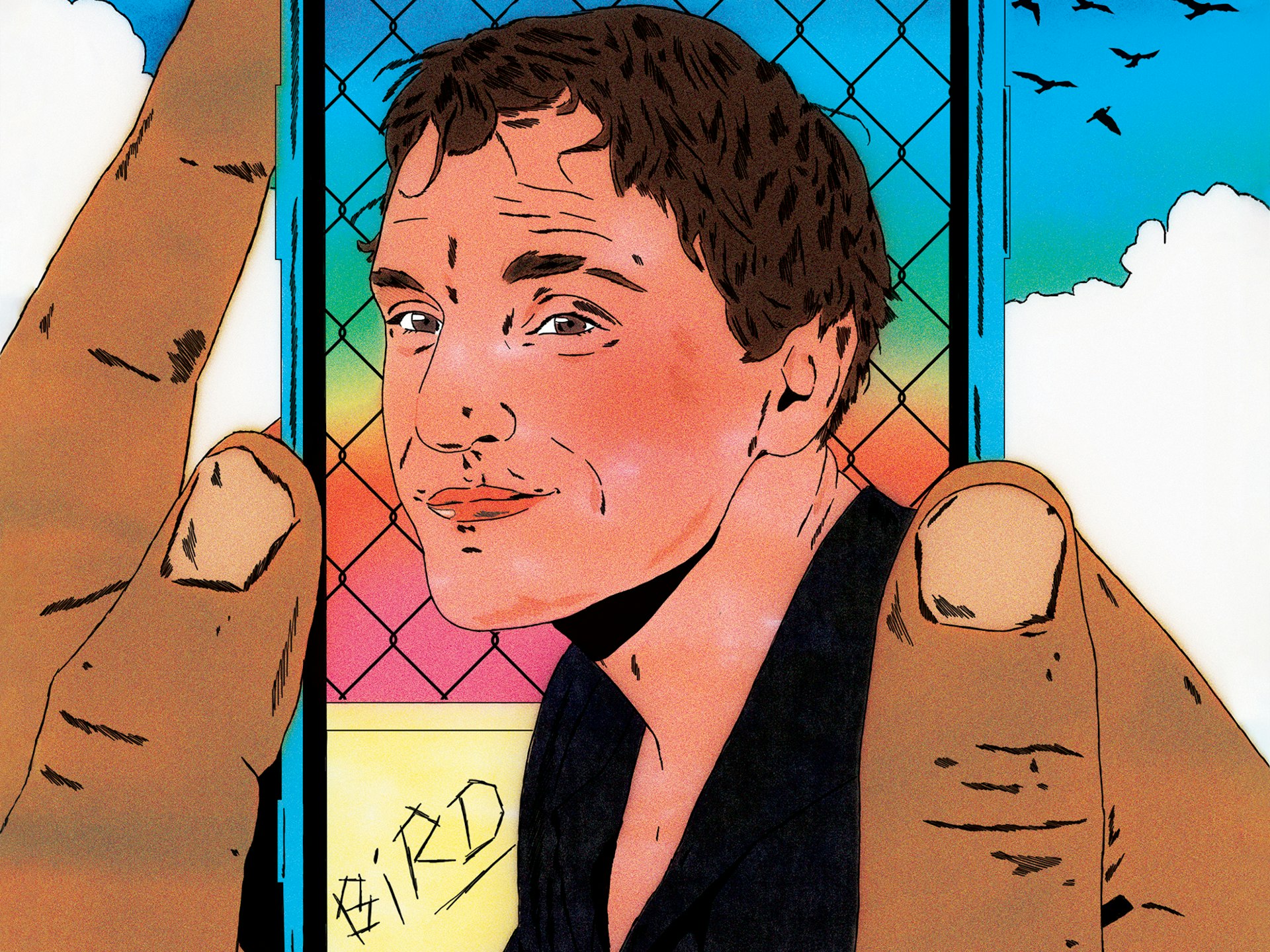
Barry Keoghan, Franz Rogowski and Andrea Arnold on ‘Bird’
The new issue of Little White Lies brings Andrea Arnold’s sixth feature to life with a thematic voyage down the Thames estuary.
Written by: Maisy Hunter
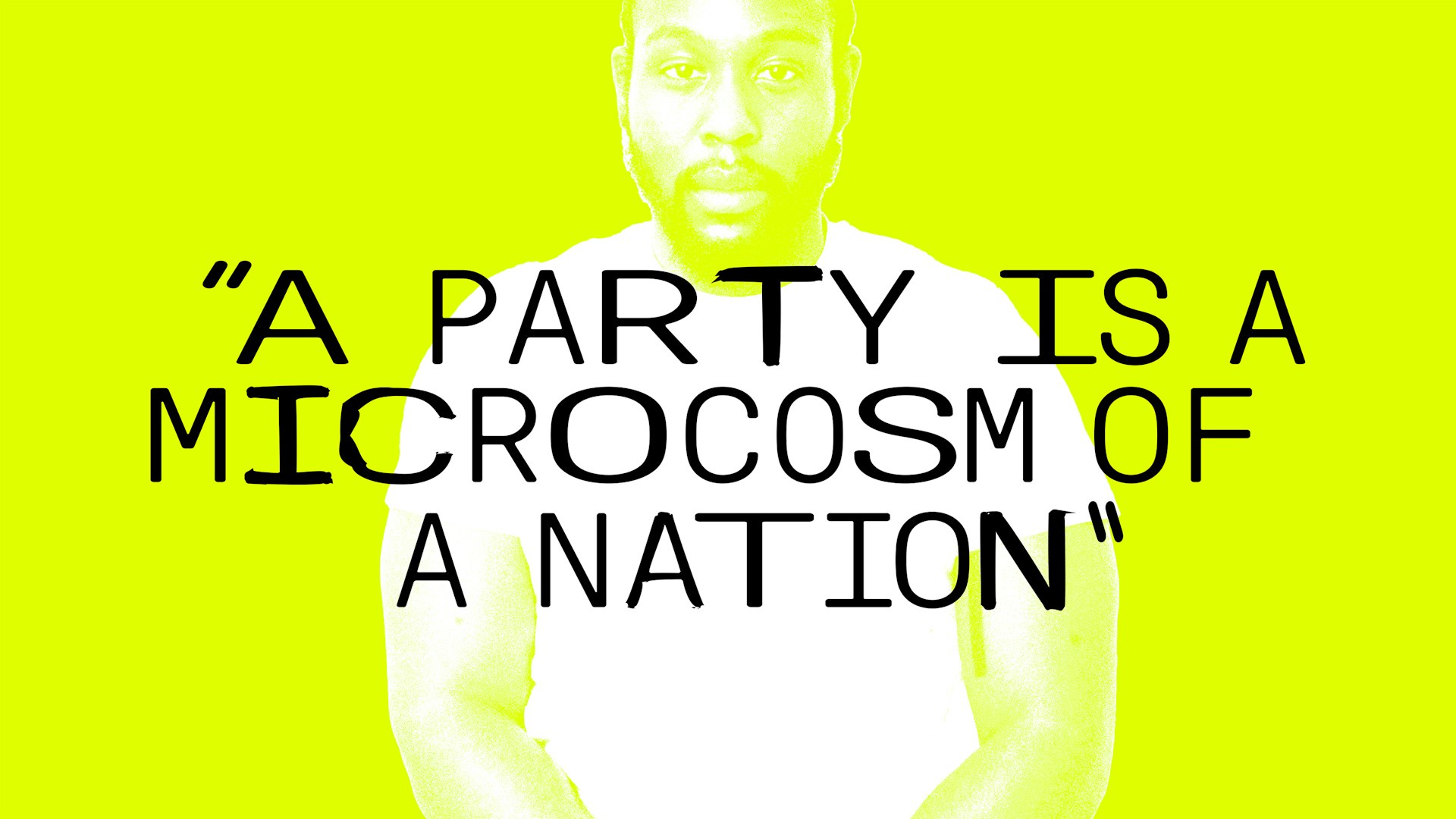
“A party is a microcosm of a nation”: Caleb Femi on the decline of the house party
To celebrate the publication of his new collection ‘The Wickedest’, Isaac Muk caught up with Femi to talk more about the work, the future of the shoobs, and discuss why having it large on a Saturday night should be cherished.
Written by: Isaac Muk
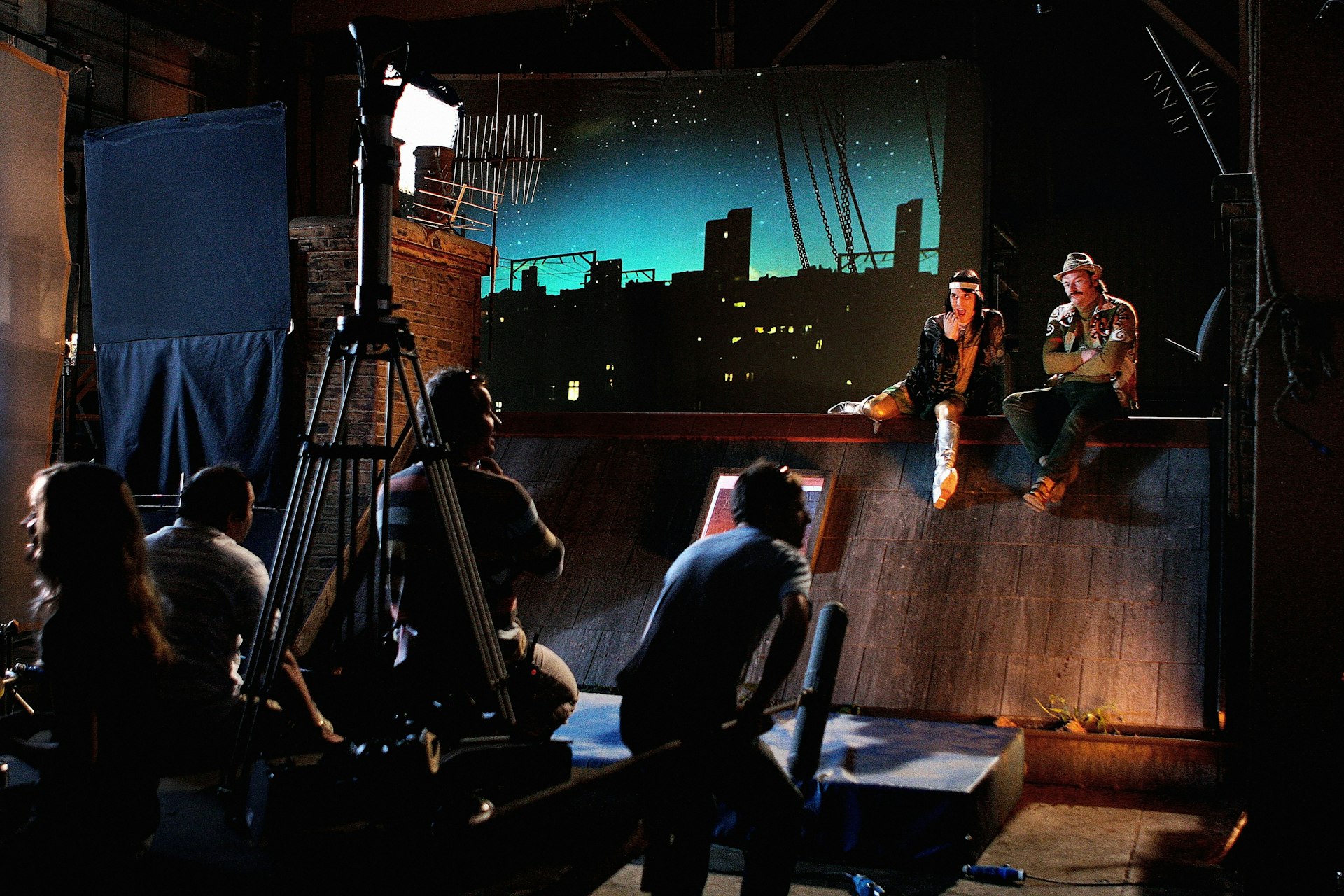
Celebrating 20 years of The Mighty Boosh
A new exhibition takes a look behind the scenes of the iconic show two decades after its BBC3 premiere.
Written by: Isaac Muk
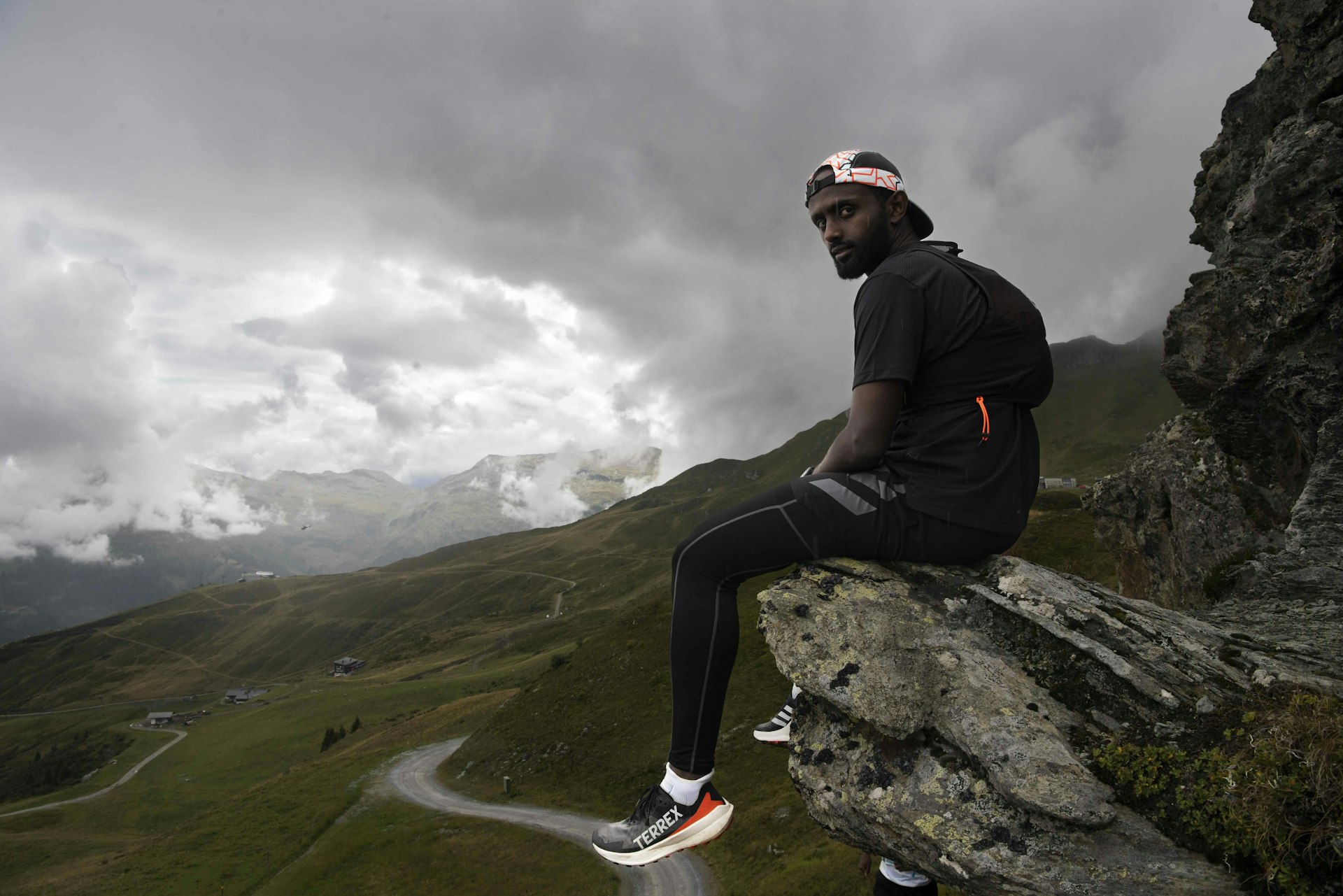
We Run Mountains: Black Trail Runners tackle Infinite Trails
Soaking up the altitude and adrenaline at Europe’s flagship trail running event, high in the Austrian Alps, with three rising British runners of colour.
Written by: Phil Young
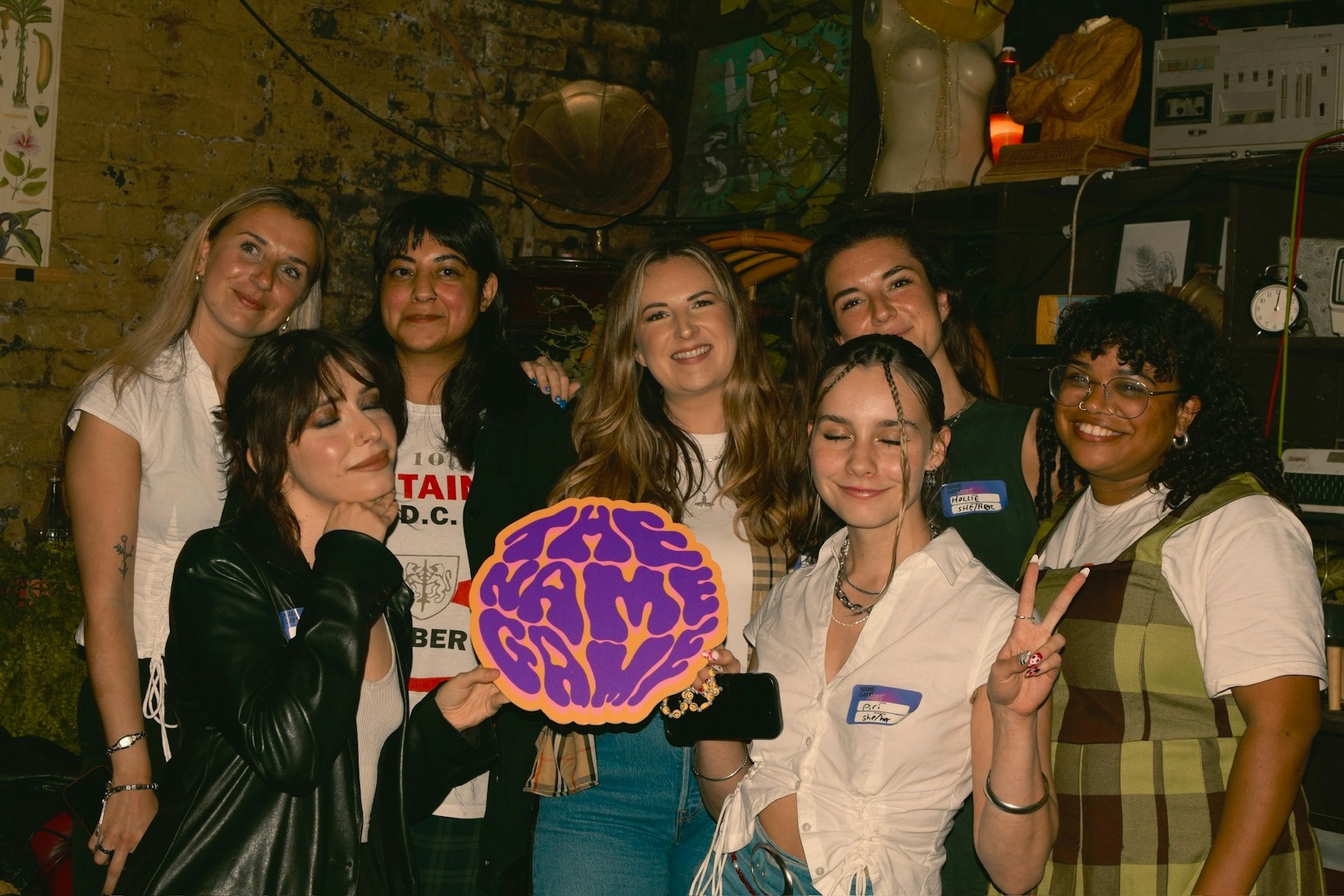
The organisation levelling the playing field in the music industry
Founded in 2022, The Name Game is committed to helping female, non-binary and trans people navigate the industry.
Written by: Djené Kaba